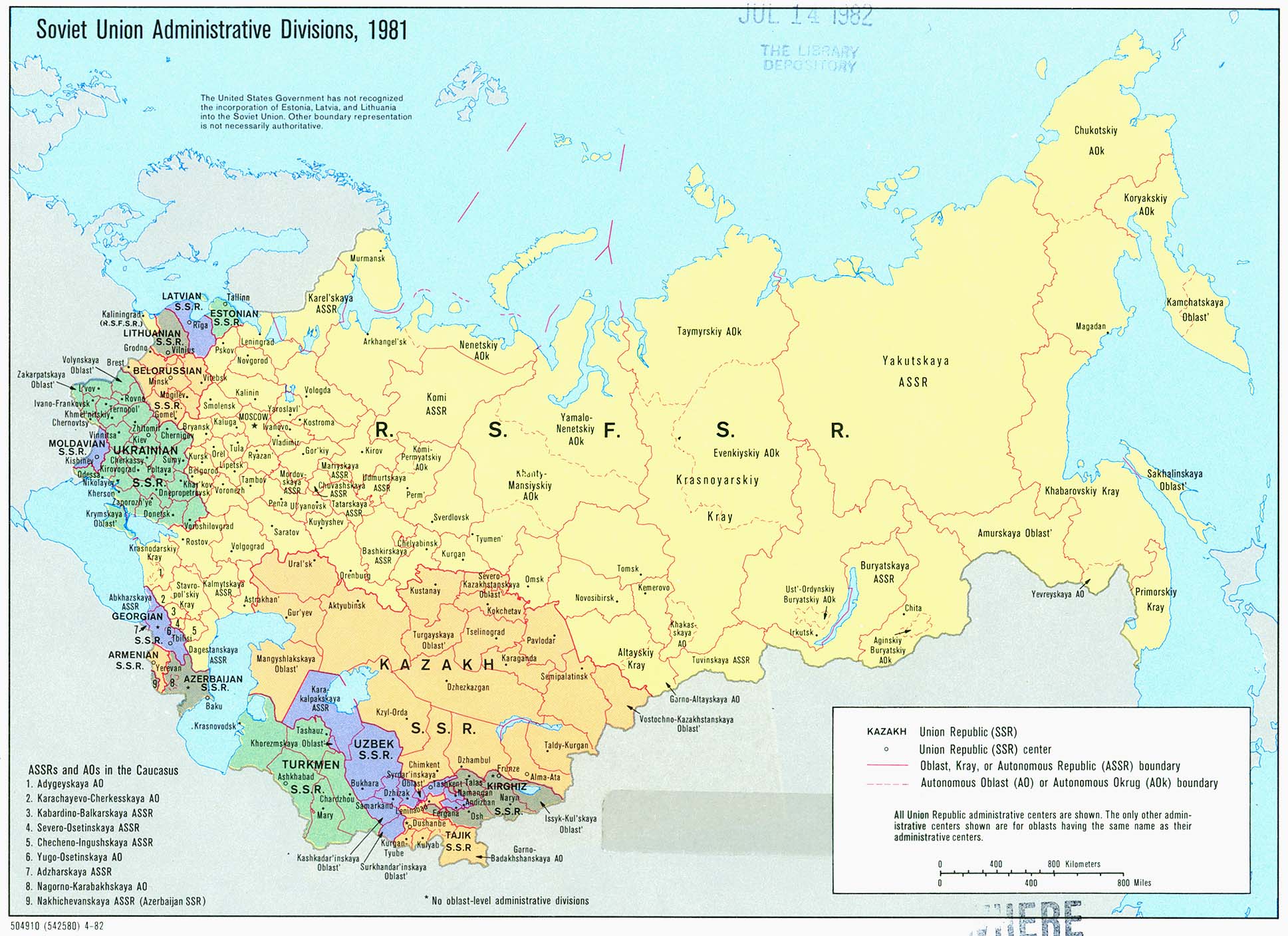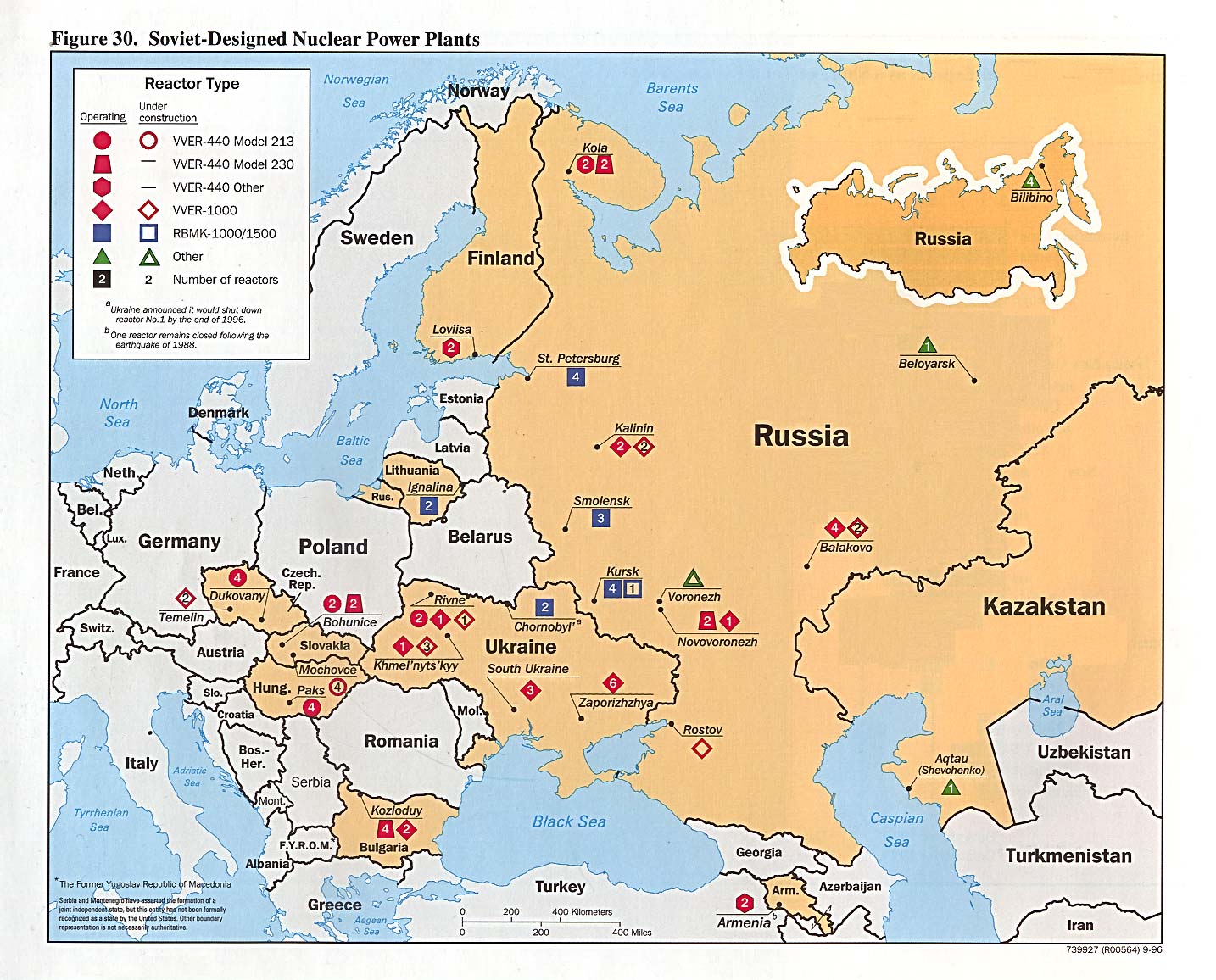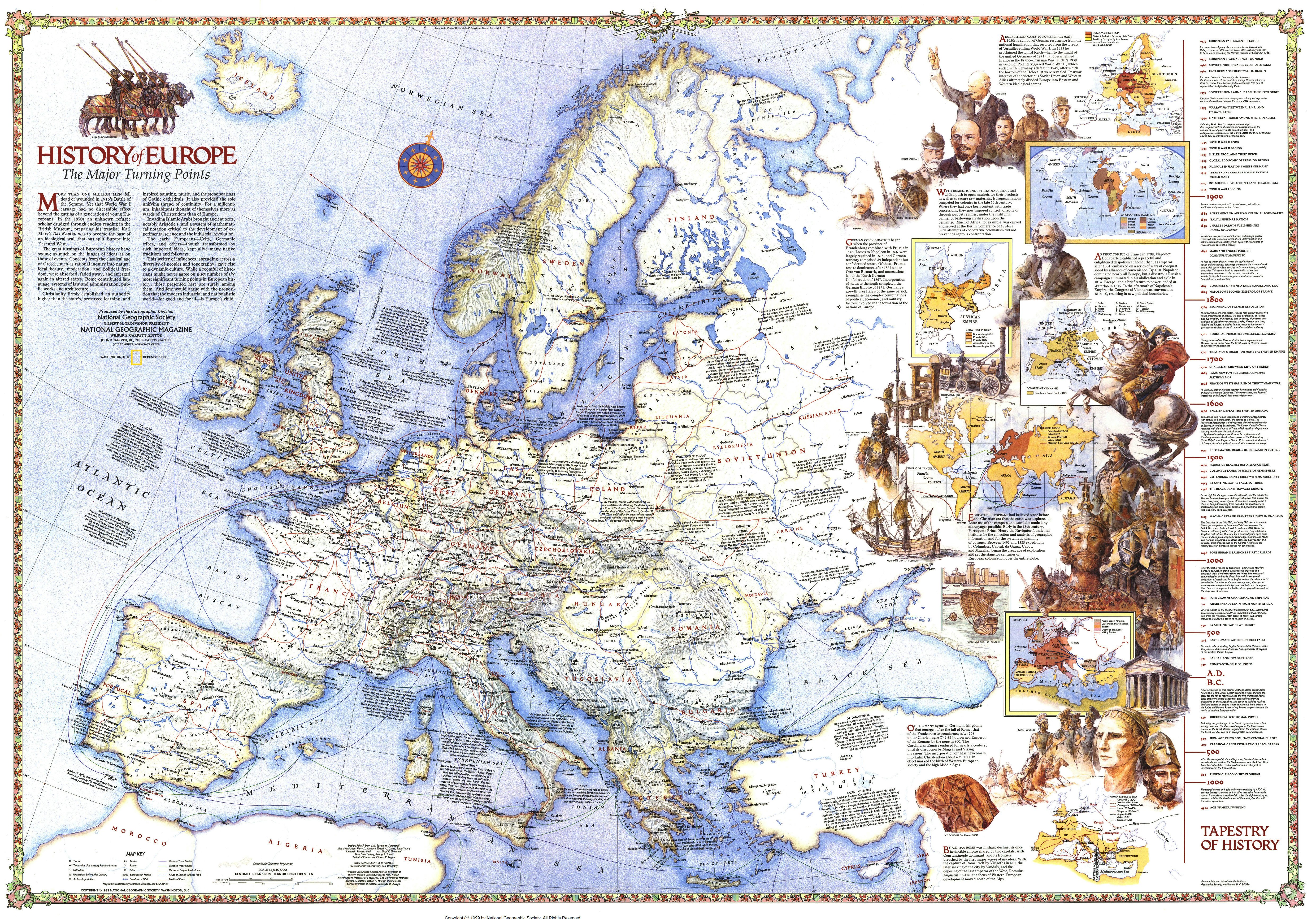In May 2007, the OECD Council at Ministerial level adopted a resolution to open discussions with the Russian Federation for its membership in the Organisation. On 30 November 2007, the OECD Council approved the ‘roadmap to accession’ for the Russian Federation. As part of the accession process, the roadmap requires the OECD Working Group on Bribery to consider and adopt a formal opinion on the willingness and ability of the Russian Federation to commit to the obligations of OECD membership in the field of anti-corruption. (Source)
Russia Today article on the topic;
Russia has launched an anti-corruption campaign, creating special units within state agencies and ministries to clean them of corrupt officials and perform background checks on potential employees.
2010 update;
The Berlin-based non-governmental anti-corruption organization Transparency International has persistently rated Russia as one of the most corrupt nations in the world. In the 2009 Corruption Perception Index, Russia was ranked 146th of 180, below countries like Togo, Pakistan and Libya. The United States was ranked 19th.
A total of 4,500 corruption cases were brought to court in the first half of 2009 in Russia, with 532 public officials and 700 law-enforcers being convicted.
Recently Russia’s Chief Military Prosecutor Sergei Fridinsky said the Russian armed forces and security troops have seen a sharp rise in corruption-related crimes this year adding that corruption affected worst the sensitive sectors of state military purchases, providing housing and official benefits for servicemen.


